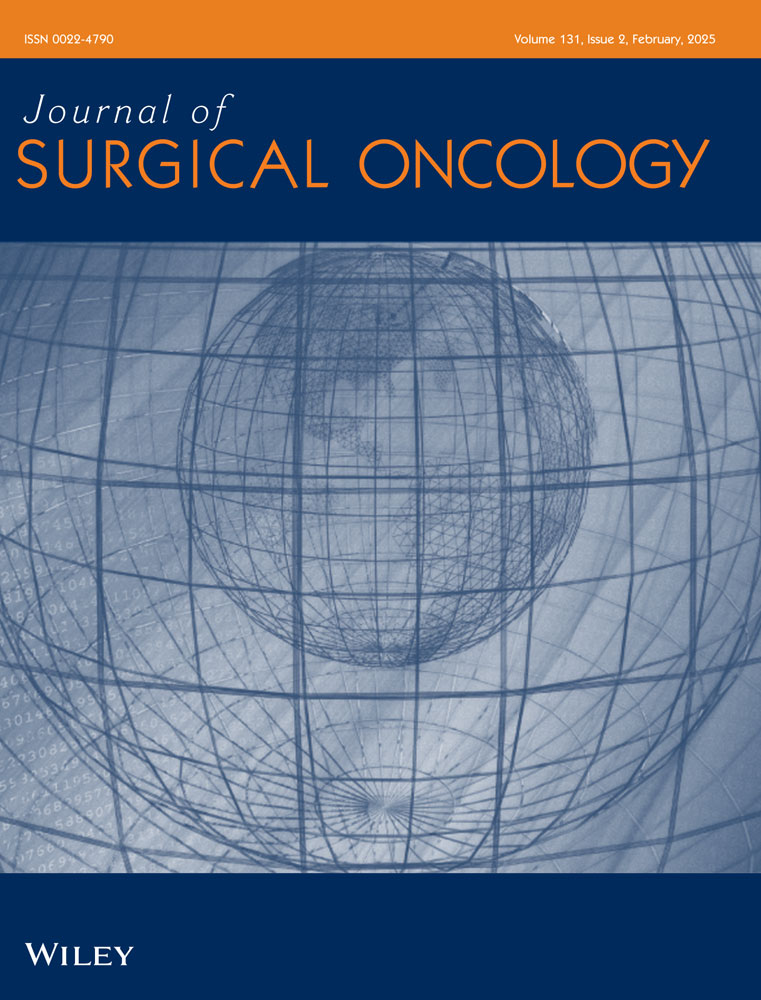Implementation of a Screening Program for High-Grade Anal Dysplasia in High-Risk Patients in a Tertiary Cancer Center
ABSTRACT
Introduction
The incidence of anal squamous cell carcinoma (SCC) has been increasing over the last decades. Human papillomavirus (HPV) infection accounts for more than 90% of anal cancers, and HIV co-infection increases the risk of invasive cancer. Men who have sex with men (MSM) with HIV are the highest risk group for developing anal high-grade squamous intraepithelial lesions (aHSILs), which can be found in 45%–50% of these patients and are precursor lesions for invasive cancer. Anal cytology is an effective screening tool, but it lacks sensitivity. High-resolution anoscopy (HRA) is the gold standard procedure for diagnosis and treatment of aHSILs. Recent data suggest that early detection and treatment of aHSILs could prevent the development of invasive cancer in this population.
Objective
The objective of the study was to describe the implementation of an office-based screening program for anal cancer prevention in a Comprehensive Cancer Center in Brazil.
Methods
Training included participation in the International Anal Neoplasia Society (IANS) HRA course at UCSF Medical Center Mount Zion in San Francisco, CA, USA, by three colorectal cancer surgeons. In-person and hands-on training was provided by a specialist through the AIDS Malignancy Consortium (AMC) of the US NIH. Equipment purchased and provided by the AMC included a colposcope with a digital camera, a hands-free mouse pedal, and a photo documentation imaging software program that allows images to be recorded for documentation and training purposes.
Results
The program was implemented in 2022 after a delay of more than two years due to the COVID-19 pandemic. An average of 24 exams are performed monthly. Patients with HIV aged 35 years or older who are undergoing antiretroviral therapy were recruited from the metropolitan area of Rio de Janeiro and referred by primary care providers for screening. Patients diagnosed with aHSILs are scheduled for in-office ablative treatment in the clinic. From March 2022 to June 2024, 324 exams were performed, and aHSIL was found in 38.2% of 220 high-risk patients, including 45 of 129 MSMs (34.9%), 6 of 19 transgender women (31.6%), and 33 of 72 women living with HIV (45.8%). A total of 69 treatments for aHSIL were performed in 62 patients. Patients are followed on a regular basis and long-term results are awaited, including the effectiveness of local therapy for aHSIL.
Conclusions
The screening and treatment program was successfully implemented in a tertiary comprehensive Cancer Center. Team training and external proctorship were decisive for the achievement of benchmark standards. The program aims to permanently provide screening for the prevention of anal cancer through the detection and treatment of aHSIL within the National Cancer Institute of Brazil for populations considered at-risk for anal cancer.
Conflicts of Interest
The authors declare no conflicts of interest.
Open Research
Data Availability Statement
The data that support the findings of this study are available from the corresponding author upon reasonable request.




